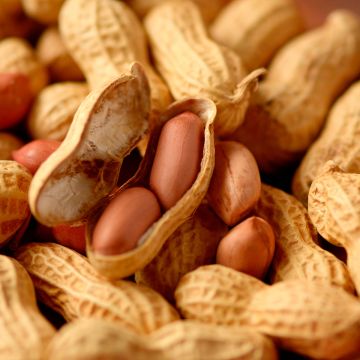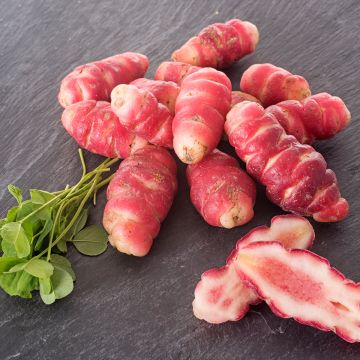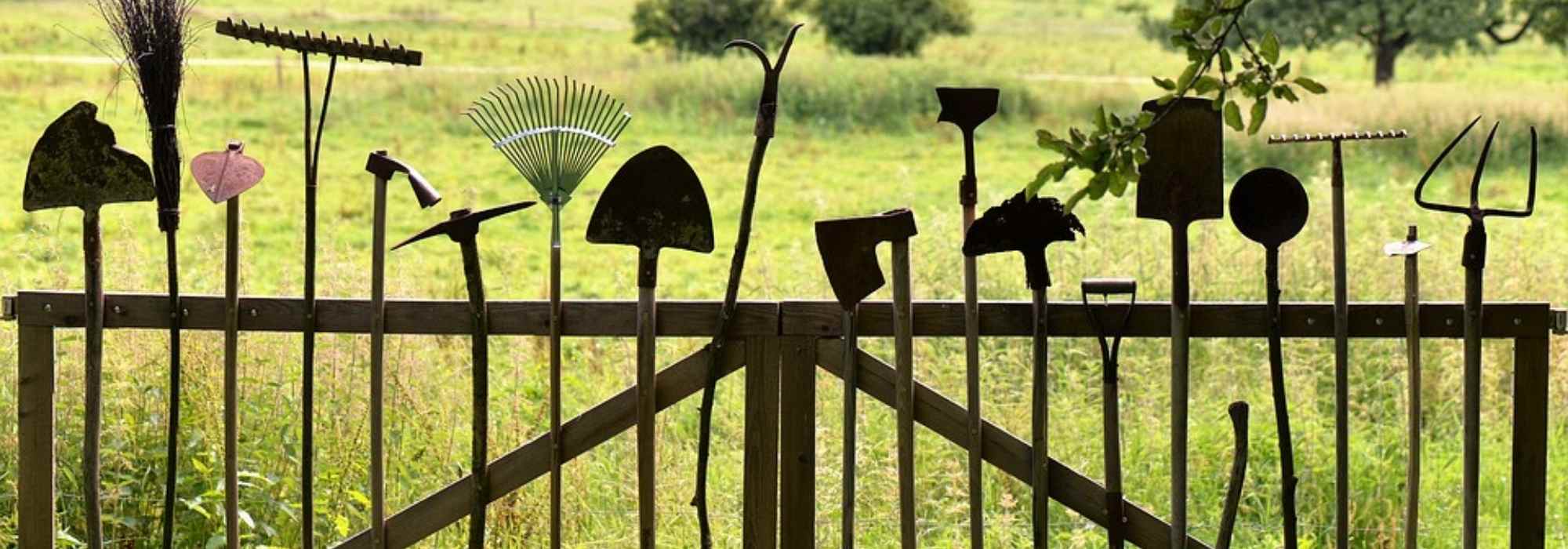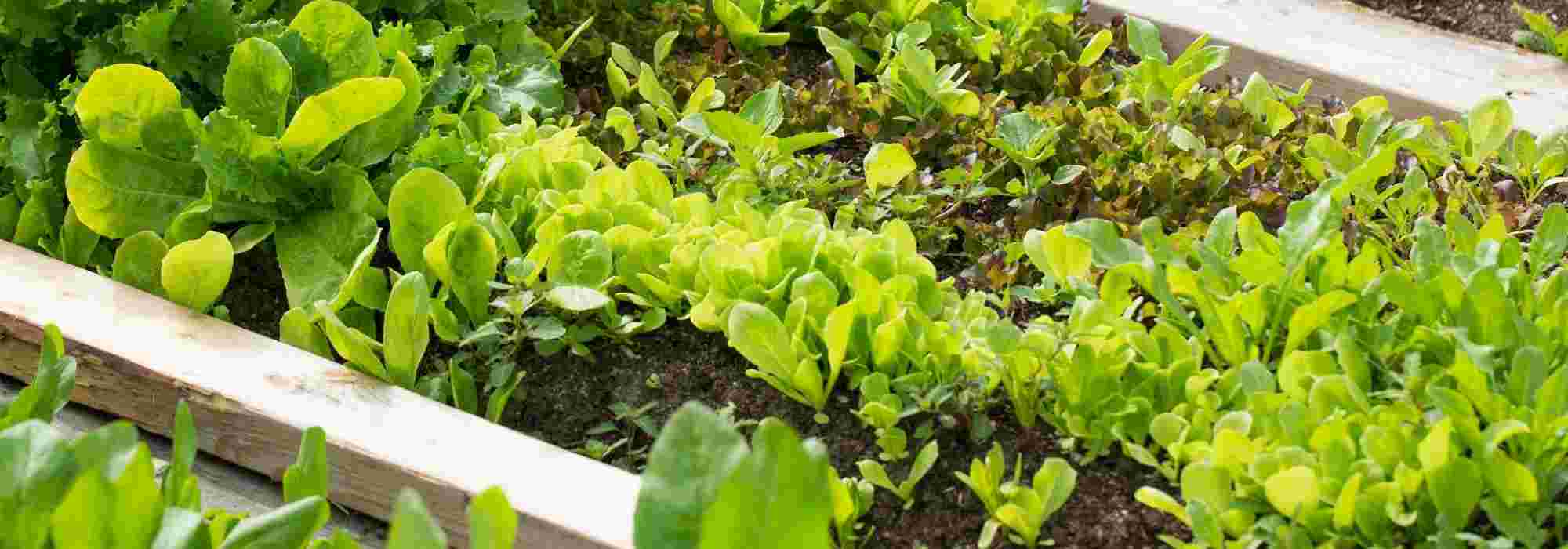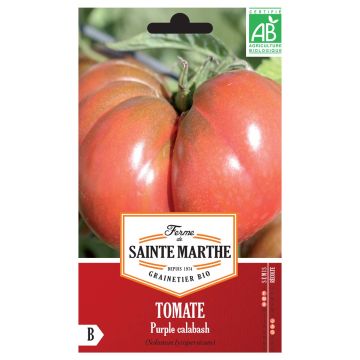

Horseradish - Armoracia rusticana


Horseradish - Armoracia rusticana


Horseradish - Armoracia rusticana


Horseradish - Armoracia rusticana


Raifort X 1 - Armoracia rusticana - Moutarde des Allemands
Horseradish - Armoracia rusticana
Armoracia rusticana
Horseradish
Special offer!
Receive a €20 voucher for any order over €90 (excluding delivery costs, credit notes, and plastic-free options)!
1- Add your favorite plants to your cart.
2- Once you have reached €90, confirm your order (you can even choose the delivery date!).
3- As soon as your order is shipped, you will receive an email containing your voucher code, valid for 3 months (90 days).
Your voucher is unique and can only be used once, for any order with a minimum value of €20, excluding delivery costs.
Can be combined with other current offers, non-divisible and non-refundable.
Why not try an alternative variety in stock?
View all →This plant carries a 6 months recovery warranty
More information
We guarantee the quality of our plants for a full growing cycle, and will replace at our expense any plant that fails to recover under normal climatic and planting conditions.
Description
The Horseradish belongs to the Brassicaceae family (formerly Cruciferae), like cabbage, radishes, and wasabi. Its root is commonly used in Northern and Eastern Europe as a condiment, as a replacement for mustard. It is a large-leaved vegetable plant, with rapid growth. It develops small white flowers in spring, reaching a height of about 60 cm (24in). The word 'horseradish' comes from the Old French 'raiz', meaning root, and 'fors', which used to mean pungent, harsh.
In cuisine, horseradish is generally used raw or added to dishes towards the end of cooking, to maintain its pungent and peppery taste. Finely grated, it is often consumed as a substitute for mustard, to season salads, sauces, meats, and fish. Horseradish is rich in vitamins B and C, as well as minerals.
In the vegetable garden, choose carefully where you want to plant it. Indeed, this perennial and hardy plant will establish itself permanently. Horseradish, which can reach a width of 90 cm (35in), regrows systematically from fragments left in the soil. However, it does not spread.
Harvesting: Horseradish is harvested from the 2nd year, from September until the end of winter. Gently dig up the roots with a garden fork, according to your needs.
Storage: Cut the leaves 1 cm (0in) above the collar. Freshly harvested roots can be kept in the refrigerator for a few days. For long-term storage, store the roots in sand, in a cool and ventilated place. They can also be frozen.
Gardener's tip: We recommend mulching the soil with thin successive layers of grass clippings, if possible mixed with dead leaves. This protection, which keeps the soil moist, also reduces weeding. In addition, thick mulching will make harvesting easier during the winter period.
Horseradish - Armoracia rusticana in pictures






Harvest
Plant habit
Foliage
Other Traditional, unusual, exotic vegetable tubers
View all →Planting and care
Choose a sunny or partially shaded location. The horseradish thrives in most types of soil. In the previous autumn, add compost by scratching it in 5 cm (2in) deep, after loosening the soil. Planting is done using a root, to be installed in the ground around March-April.
Loosen the soil deeply. Dig a hole and plant the root vertically. Cover with fine soil. Water regularly to keep the soil moist. If you want to plant multiple young plants, space them 50 cm (20in) apart in all directions. Horseradish cultivation requires little maintenance. To obtain larger roots, cut the floral stem.
Cultivation
Care
Intended location
Planting & care advice
This item has not been reviewed yet - be the first to leave a review about it.
Similar products
Haven't found what you were looking for?
Hardiness is the lowest winter temperature a plant can endure without suffering serious damage or even dying. However, hardiness is affected by location (a sheltered area, such as a patio), protection (winter cover) and soil type (hardiness is improved by well-drained soil).

Photo Sharing Terms & Conditions
In order to encourage gardeners to interact and share their experiences, Promesse de fleurs offers various media enabling content to be uploaded onto its Site - in particular via the ‘Photo sharing’ module.
The User agrees to refrain from:
- Posting any content that is illegal, prejudicial, insulting, racist, inciteful to hatred, revisionist, contrary to public decency, that infringes on privacy or on the privacy rights of third parties, in particular the publicity rights of persons and goods, intellectual property rights, or the right to privacy.
- Submitting content on behalf of a third party;
- Impersonate the identity of a third party and/or publish any personal information about a third party;
In general, the User undertakes to refrain from any unethical behaviour.
All Content (in particular text, comments, files, images, photos, videos, creative works, etc.), which may be subject to property or intellectual property rights, image or other private rights, shall remain the property of the User, subject to the limited rights granted by the terms of the licence granted by Promesse de fleurs as stated below. Users are at liberty to publish or not to publish such Content on the Site, notably via the ‘Photo Sharing’ facility, and accept that this Content shall be made public and freely accessible, notably on the Internet.
Users further acknowledge, undertake to have ,and guarantee that they hold all necessary rights and permissions to publish such material on the Site, in particular with regard to the legislation in force pertaining to any privacy, property, intellectual property, image, or contractual rights, or rights of any other nature. By publishing such Content on the Site, Users acknowledge accepting full liability as publishers of the Content within the meaning of the law, and grant Promesse de fleurs, free of charge, an inclusive, worldwide licence for the said Content for the entire duration of its publication, including all reproduction, representation, up/downloading, displaying, performing, transmission, and storage rights.
Users also grant permission for their name to be linked to the Content and accept that this link may not always be made available.
By engaging in posting material, Users consent to their Content becoming automatically accessible on the Internet, in particular on other sites and/or blogs and/or web pages of the Promesse de fleurs site, including in particular social pages and the Promesse de fleurs catalogue.
Users may secure the removal of entrusted content free of charge by issuing a simple request via our contact form.
The flowering period indicated on our website applies to countries and regions located in USDA zone 8 (France, the United Kingdom, Ireland, the Netherlands, etc.)
It will vary according to where you live:
- In zones 9 to 10 (Italy, Spain, Greece, etc.), flowering will occur about 2 to 4 weeks earlier.
- In zones 6 to 7 (Germany, Poland, Slovenia, and lower mountainous regions), flowering will be delayed by 2 to 3 weeks.
- In zone 5 (Central Europe, Scandinavia), blooming will be delayed by 3 to 5 weeks.
In temperate climates, pruning of spring-flowering shrubs (forsythia, spireas, etc.) should be done just after flowering.
Pruning of summer-flowering shrubs (Indian Lilac, Perovskia, etc.) can be done in winter or spring.
In cold regions as well as with frost-sensitive plants, avoid pruning too early when severe frosts may still occur.
The planting period indicated on our website applies to countries and regions located in USDA zone 8 (France, United Kingdom, Ireland, Netherlands).
It will vary according to where you live:
- In Mediterranean zones (Marseille, Madrid, Milan, etc.), autumn and winter are the best planting periods.
- In continental zones (Strasbourg, Munich, Vienna, etc.), delay planting by 2 to 3 weeks in spring and bring it forward by 2 to 4 weeks in autumn.
- In mountainous regions (the Alps, Pyrenees, Carpathians, etc.), it is best to plant in late spring (May-June) or late summer (August-September).
The harvesting period indicated on our website applies to countries and regions in USDA zone 8 (France, England, Ireland, the Netherlands).
In colder areas (Scandinavia, Poland, Austria...) fruit and vegetable harvests are likely to be delayed by 3-4 weeks.
In warmer areas (Italy, Spain, Greece, etc.), harvesting will probably take place earlier, depending on weather conditions.
The sowing periods indicated on our website apply to countries and regions within USDA Zone 8 (France, UK, Ireland, Netherlands).
In colder areas (Scandinavia, Poland, Austria...), delay any outdoor sowing by 3-4 weeks, or sow under glass.
In warmer climes (Italy, Spain, Greece, etc.), bring outdoor sowing forward by a few weeks.


































